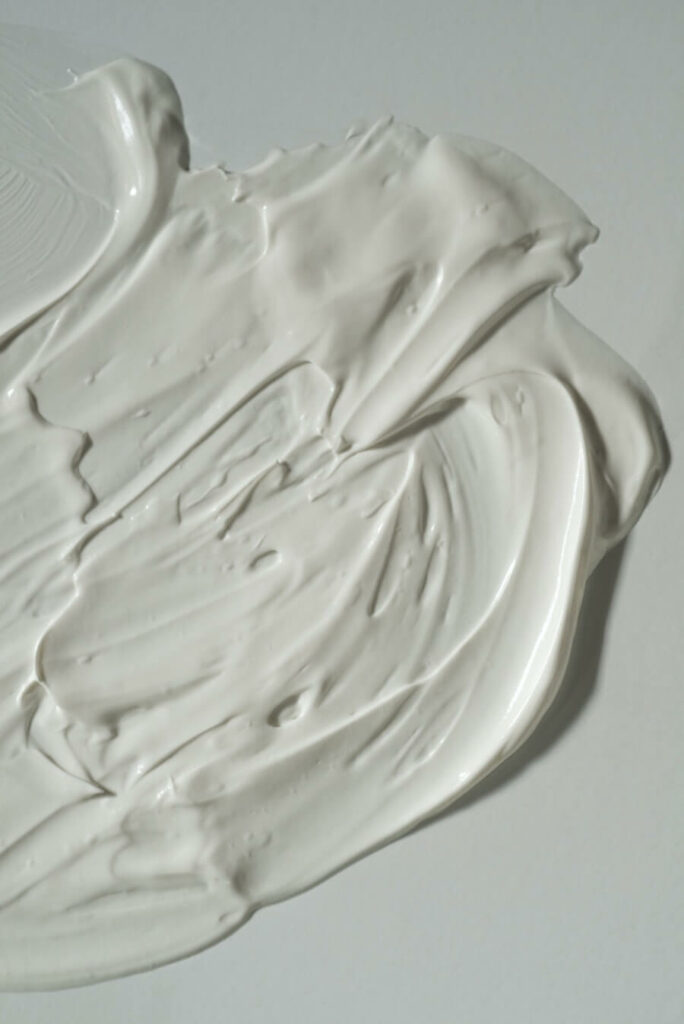
Skin lightening products can contain some highly toxic chemicals linked to serious health concerns including cancer, respiratory harm, and organ-system toxicity. Women of color are the primary demographic targeted through the marketing of these toxic beauty products, which also include hair dyes, hair relaxers and straighteners, feminine douches, and deodorants. As a result, women and girls of color suffer from a higher level of exposure to unsafe chemicals in these products. This toxic exposure is of particular concern to Black women because they purchase and use more beauty products per capita than any other demographic and face many health disparities, including the highest breast cancer mortality rate of any U.S. racial or ethnic group.
Hydroquinone is most used in skin lighteners, products that are most heavily marketed towards women of color. It is linked to cancer and organ-system toxicity. While hydroquinone is banned in over-the-counter products the U.S., there are certain medical conditions for which hydroquinone may be prescribed. Talk to your doctor about the risks and benefits involved in using hydroquinone.
The Safer Beauty Bill Package in U.S. Congress includes the Cosmetic Safety for Communities of Color and Professional Salon Workers Act of 2021, which seeks to create cosmetic safety protections for women of color, who are at risk of unsafe exposures because of the toxic chemicals in the products marketed to them, like skin lighteners. Take action to make beauty and personal care products safer for all!
Looking for a Safer Alternative?
Use Clearya’s app to find non-toxic products! Clearya alerts you to toxics and helps you find safe products.
FILTER BY:
Get our emails to stay in the know.
This site is protected by reCAPTCHA and the Google Privacy Policy and Terms of Service apply.
get to know us
take action
BCPP is a 501(c)3 | EIN: 94-3155886 | Privacy Policy | Site Map | BCPP.org










